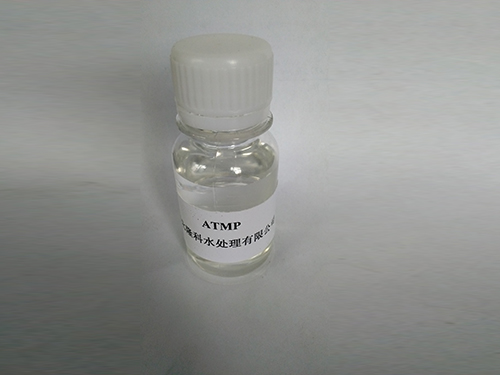coagulation flocculation
Coagulation and Flocculation The Essential Processes in Water Treatment
Water is a vital resource for all forms of life, and ensuring its purity is crucial for the health and well-being of populations around the globe. Among the numerous methods employed in water treatment, coagulation and flocculation are two prominent processes that play a pivotal role in the removal of suspended particles, colloids, and impurities from water sources. Understanding these processes is fundamental for those involved in environmental science, engineering, and public health.
What is Coagulation?
Coagulation is the first step in a two-step process that aims to remove contaminants from water. This chemical process involves the addition of coagulants—chemicals that facilitate the aggregation of particles within the water. Common coagulants include aluminum sulfate (alum), ferric sulfate, and polyaluminum chloride. These chemicals destabilize the charged particles in the water, allowing them to clump together and form larger aggregates known as flocs.
The effectiveness of coagulation depends on several factors, including the type and concentration of coagulant used, pH level, temperature, and the characteristics of the water being treated. Effective coagulation can significantly reduce turbidity, remove dissolved organic materials, and decrease the levels of pathogens, making the water safer for consumption.
The Coagulation Process in Action
When coagulants are added to water, they react with dissolved natural organic matter and fine particles, causing these materials to neutralize their charges. Once neutralized, attraction between particles becomes stronger, leading to the formation of flocs. This process typically occurs in rapid mixing tanks where the water is agitated to ensure thorough mixing of the coagulants.
The efficiency of coagulation can vary based on water quality. For instance, water with high turbidity levels may require higher doses of coagulants. Professionals monitor the water chemistry closely to optimize the coagulation process and determine the most effective coagulant and dosage.
What is Flocculation?
Following coagulation, the next step is flocculation. Flocculation is a gentle mixing process that encourages the newly formed flocs to grow larger as they collide and adhere to each other. Unlike coagulation, which occurs rapidly, flocculation takes place over a longer period and involves less vigorous mixing.
coagulation flocculation

During flocculation, water is often treated in a flocculation basin where the water flows at a slower velocity, allowing the flocs to settle into larger aggregates. This process may be enhanced by the use of polymeric flocculants, which can assist in the bonding of particles. The end goal of flocculation is to create sufficiently large flocs that can be easily removed from the water in subsequent processes.
The Importance of Coagulation and Flocculation in Water Treatment
Coagulation and flocculation are critical in numerous applications, including municipal water treatment, wastewater management, and industrial processes. The primary aim is to produce clean, safe water that meets health standards. By effectively removing suspended solids and pathogens, these processes help to reduce the risk of waterborne diseases—a significant concern in many parts of the world.
Beyond health benefits, coagulation and flocculation also contribute to the aesthetic quality of water. By reducing turbidity and color, these processes improve the visual quality of water, making it more appealing to consumers.
Challenges and Innovations
Despite their effectiveness, both coagulation and flocculation face challenges. For example, overuse of coagulants can lead to environmental concerns, such as increased sludge generation and potential harm to aquatic ecosystems. To address these issues, researchers and practitioners are exploring alternative, more sustainable coagulants and improving existing methods to minimize chemical usage.
Technological advancements such as the integration of advanced sensors and computer models for real-time monitoring and control of coagulation and flocculation processes have also emerged. These innovations aim to enhance the efficiency and reliability of water treatment systems, promoting better water quality management.
Conclusion
Coagulation and flocculation are indispensable processes in the journey towards clean, safe drinking water. By understanding these mechanisms, water treatment professionals can design more effective treatment systems, ultimately contributing to better public health outcomes and environmental sustainability. As the challenges of water treatment continue to evolve, the ongoing exploration of new technologies and methodologies will be crucial in safeguarding our most precious resource.
-
Pbtc Scale InhibitorPBTC: A Scale Protector for Industrial Water TreatmentNewsAug.05,2025
-
Organic Phosphonate: An Efficient Defender in the Field of Scale InhibitionNewsAug.05,2025
-
Hydrolyzed Polymaleic Anhydride: Green Pioneer in Scale Inhibition FieldNewsAug.05,2025
-
PAPEMP Polyamino Polyether Methylene Phosphonic Acid For SaleNewsAug.05,2025
-
Flocculant Water Treatment: A Pioneer in Purification in the Field of Water TreatmentNewsAug.05,2025
-
Benzyl Isothiazolinone: An Efficient and Broad-Spectrum Antibacterial Protective GuardNewsAug.05,2025





